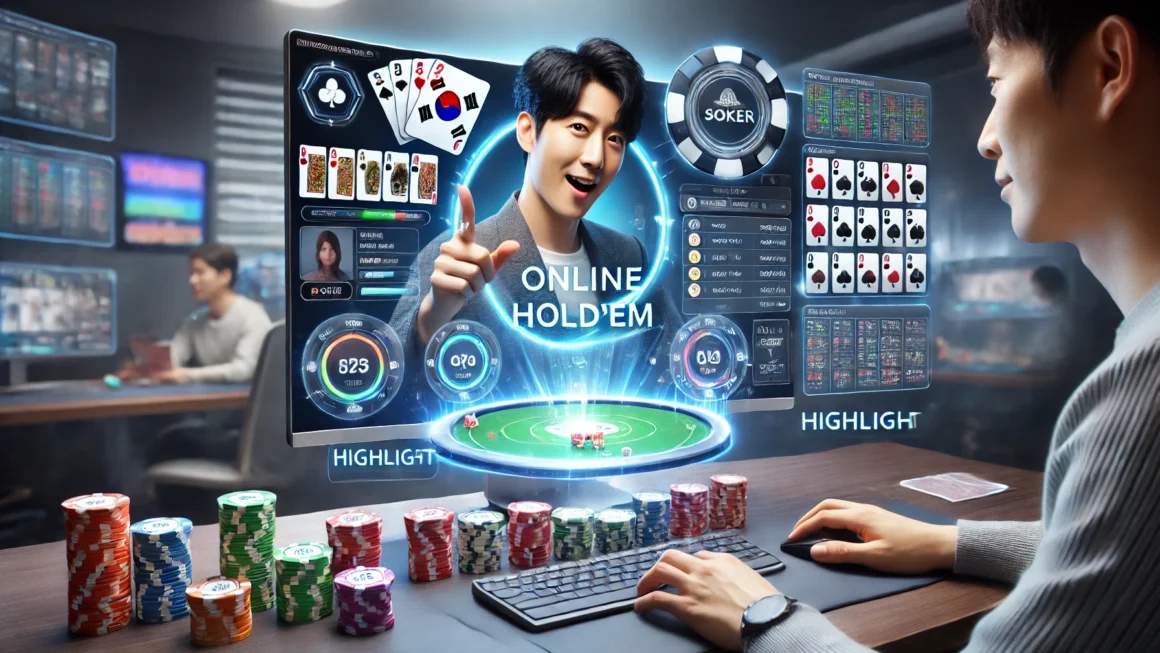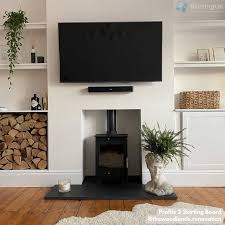Beauty has fascinated humanity for centuries, inspiring art, culture, and personal expression. Yet, its definition is far from simple or universal. Beauty transcends physical appearance and touches deeper realms of emotion, culture, and individuality. This article explores the multifaceted nature of beauty, its evolving standards, and the importance of embracing diversity.
Defining Beauty: Beyond the Surface
Traditionally, beauty has been associated with physical attributes—symmetry, clear skin, bright eyes, or a pleasing silhouette. However, these characteristics vary greatly across cultures and historical periods. What one society prizes as beautiful might differ significantly from another.
Moreover, beauty extends beyond the external. Qualities such as kindness, confidence, intelligence, and creativity contribute to a person’s overall attractiveness. Inner beauty often resonates more powerfully and enduringly than outward appearance.
The Influence of Culture and Media
Cultural values shape beauty ideals and standards. For instance, in some cultures, fair skin is considered desirable, while in others, a sun-kissed complexion is preferred. Similarly, body shapes, hairstyles, and fashion trends shift according to societal norms.
In the modern era, media and advertising play a significant role in defining beauty. Social media platforms showcase a wide range of beauty looks, influencing perceptions and expectations. While this can promote diversity, it can also create pressure to conform to unrealistic or homogenized ideals.
Embracing Diversity in Beauty
One of the most positive trends today is the growing appreciation for diverse forms of beauty. Movements celebrating body positivity, inclusivity, and natural looks encourage individuals to embrace their unique features. Recognizing that beauty is not one-size-fits-all empowers people to feel confident and authentic.
Beauty brands and fashion industries increasingly reflect this shift by showcasing models of different ages, sizes, ethnicities, and abilities. This inclusivity promotes self-acceptance and challenges stereotypes.
The Role of Self-Care and Confidence
Caring for oneself is an important aspect of beauty. This includes skincare, grooming, and health habits that help individuals feel good in their skin. However, beauty is not solely about appearance—it’s about how one carries themselves.
Confidence is a key ingredient that enhances beauty. People who feel https://farmacia-masculina.com comfortable and positive about themselves often radiate charm and attract others naturally. Building self-esteem through personal achievements, healthy relationships, and mindfulness practices nurtures this inner glow.
Beauty as a Form of Expression
Beauty can also be a creative outlet. Through makeup, fashion, hairstyles, and body art, people express their personality, moods, and cultural heritage. This self-expression fosters individuality and helps forge connections with others who share similar tastes or values.
Artistic expressions of beauty are found not only in people but also in nature, architecture, and everyday objects. Appreciating beauty in all its forms enriches life and stimulates creativity.
Conclusion
Beauty is a complex, dynamic concept that involves much more than physical appearance. It is shaped by culture, media, and personal experiences but ultimately lies in the eye of the beholder and the heart of the individual. By embracing diversity, nurturing self-confidence, and valuing inner qualities, we can redefine beauty in a way that is inclusive and empowering. True beauty shines brightest when it reflects authenticity, kindness, and a celebration of uniqueness.

